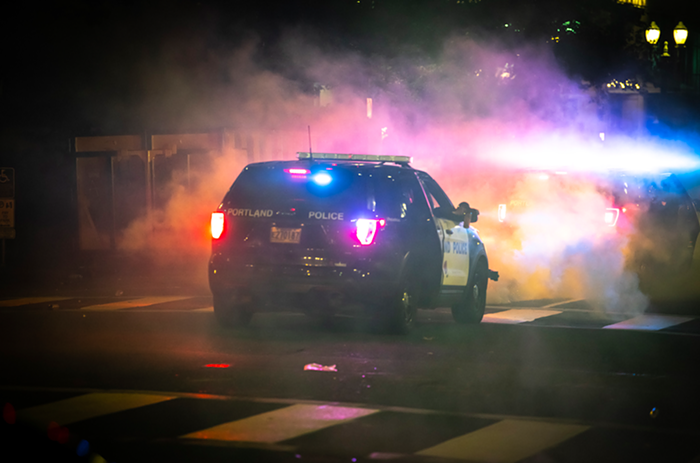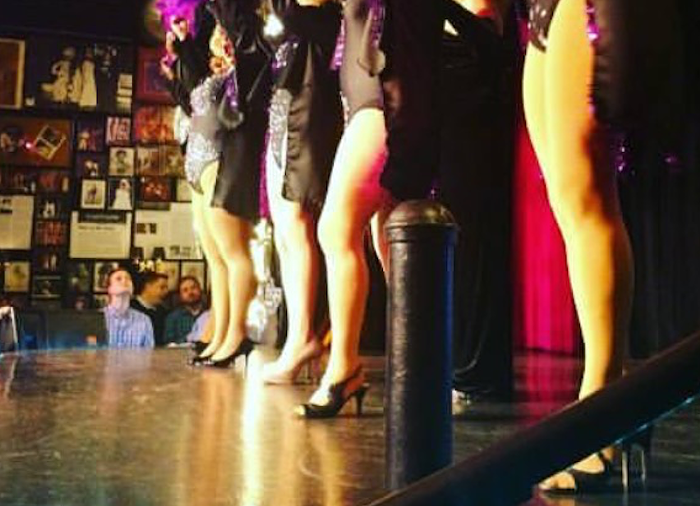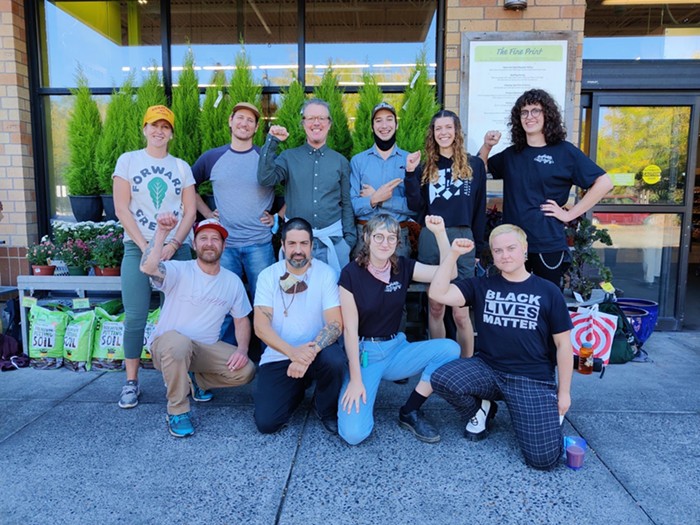DURING THE SLOW BLOOM of Adrian Tomine's mini-comic series Optic Nerve, readers both raged and raved at his realistic, cinematic styles: Cutting, emotionally raw, and extremely referential, Summer Blonde and Shortcomings felt like straight-up relationship-focused indie films. If there was ever any question, his newest book Killing and Dying cements Tomine's place not only as an artist, but also as an author. It's another big jump forward, part response to those old works, and part new attempt at unpacking his storytelling further and breathing life more fully into two-dimensional faces on the page. Tomine and I corresponded about the feel of Killing and Dying, his upcoming reading at Wordstock, and what it's like to be a cartoonist-author among author-authors.
MERCURY: How is it being a cartoonist at an event like Wordstock? Do cartoonists cluster together?
ADRIAN TOMINE: You make it sound much more segregated than it really is, but I think it's just in my nature to always feel a little out of place, whether I'm at Wordstock or at Comic-Con. At this point I'm probably a little jaded about meeting cartoonists, so at something like Wordstock I can still have that fanboy thrill of seeing an author I admire.
How will you present your comics at the Wordstock reading?
That's the hardest part of trying to do a comics reading: the funny voices. I've selected the shortest story in the book, which is also one that is built mostly around narration rather than dialogue. I'll try to block out the fact that I originally became a cartoonist because I thought it was the one job that would never require me to speak publicly!
How did you set out to make Killing and Dying different than Shortcomings?
When I was in the home stretch on Shortcomings, I was really cursing myself for setting up such a rigid, static way of working. So when I started thinking about the book that would become Killing and Dying, I told myself that I would approach each story in some different way, whether that meant the writing process, art supplies, coloring technique, or whatever. I also wanted to write about characters that no one would confuse with me, but that seems to have had mixed results.
Why did you choose to use a Denny's on the cover of Killing and Dying?
Wait, what makes you so sure that's a Denny's? Who knows what letters are obscured by that tree? I wanted to capture a specific atmosphere that I associate with the towns I grew up in, especially Fresno, Sacramento, and parts of the East Bay. They're not traditionally scenic places, but capture the very mixed emotions I get from what's basically just a bunch of chain stores and freeways.
Optic Nerve inspired a lot of discussion regarding realism/cinema-style comics. Killing and Dying seems to move toward a more classic, pared-down cartooning style. What inspired that change?
The artistic reason is that it felt like a new challenge for me, something that would immediately set this book apart from my previous work. The more pragmatic reason is that I was looking for a faster, more direct way of telling stories. The whole book was initially going to be... cartoony art with gag-based stories... mostly lighthearted stuff played for laughs. And of course, by the end of the book we have a pretty dark, realistic story about a guy breaking into an apartment, beating someone up. So who knows what that says about me?
















